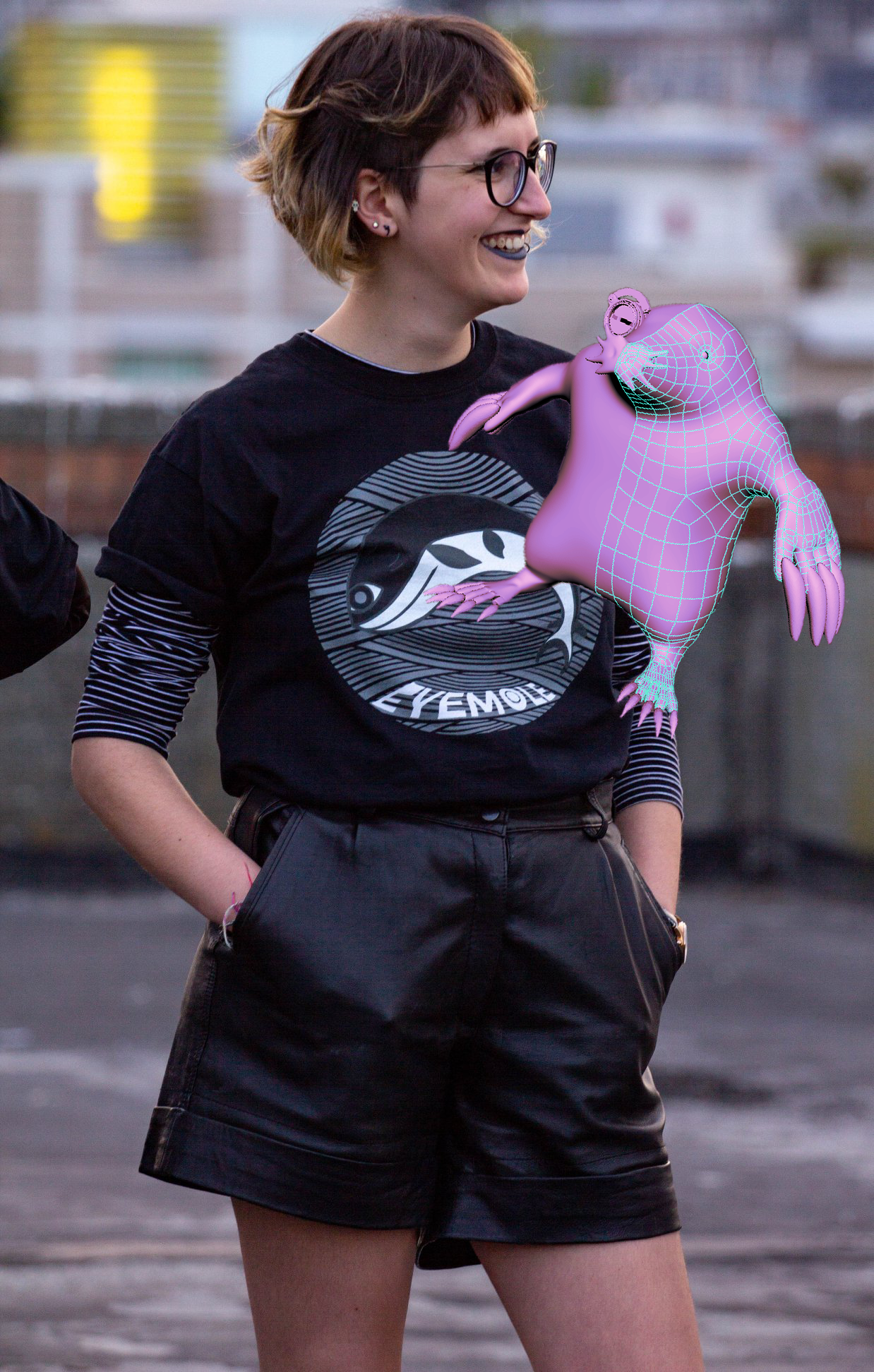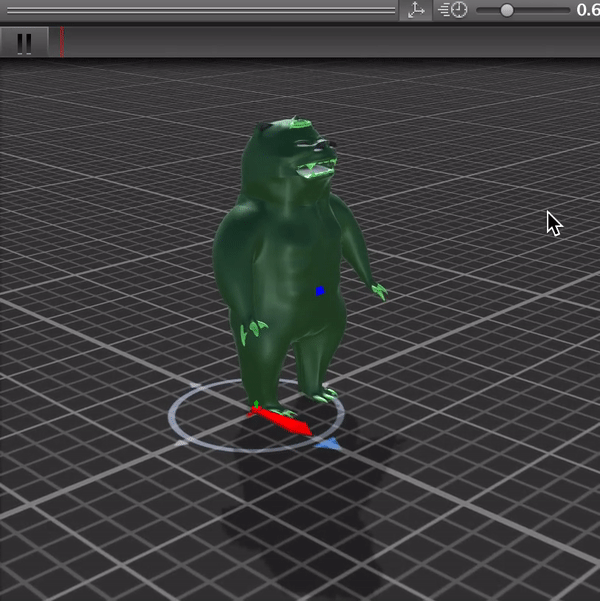Augmented Reality Streetwear

Premise
We wanted to explore ways to bridge streetwear with emerging digital media, such as AR fashion.
Our Process
Design
We started with the assumption that interactive AR characters allowed users to uniquely express their identity. Our initial main audience was VR/AR enthusiasts. This community already had experience with AR apps, meaning they had the behaviors of a predictive persona, and allowed us to refine which features were critical for adoption.
Initial Prototype
As a proof of concept, we ordered a white shirt with the Eyemole logo that served as an AR marker. Using the Vuforia SDK, we connected the marker to a 3D model of our mascot, the Eyemole.
Research
We presented the first version of our product at the 2018 VancouVR Fair.
During the event, we observed how users engaged with the application and asked questions about how they would use this app, in what context, and other open-ended questions to explore their intents.
We found that interactive and prominent 3D figures promoted the most amount of engagement. Common responses from users were desires of customizability for the marker, model, and material the marker appears on (eg. patches, buttons).
Development

The application logic was developed in Unity, using the Vuforia SDK. We created 5 animated 3D models from an initial set of character designs, which were rigged and animated in Blender. We designed 5 shirts to match each model.
The app was published on Google Play.
Testing
After publishing the first version of the app, we conducted a cognitive walkthrough followed with a semi-structured interview.
Our usability tests and semi-structured interviews informed us to redesign our UI, add a tutorial, and expand the AR marker mapping.
The interviews informed the app's potential future directions, such as creating an online platform where users would contribute their own models and markers.
